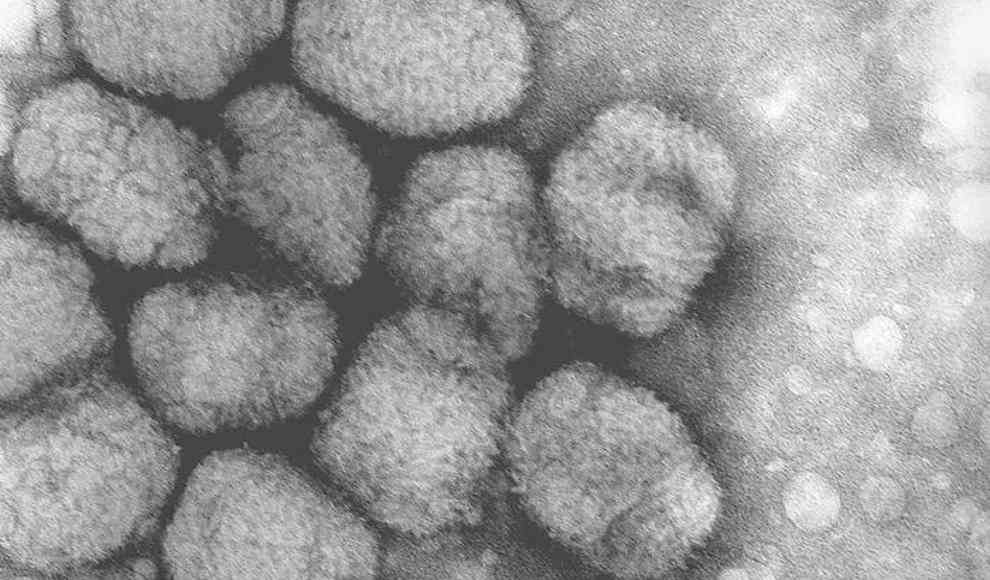Scientists are warning that artificially created viruses could potentially kill millions of people in the future. Researchers are calling for a halt to further research in this direction due to the significant danger it poses. The Pox virus was officially eradicated in 1977 through a global vaccination campaign by the World Health Organization. However, virologists at the University of Alberta in Edmonton have conducted alarming experiments with the virus, which have been published in the journal PLOS One. The scientists were able to recreate the horsepox virus, which is also considered extinct, by piecing together DNA fragments. They claim to have created the largest artificial virus to date by assembling gene segments.
While some scientists argue that this research could lay the groundwork for new, safe virus vaccines, others fear that the results could be misused in the wrong hands. It is possible to artificially create deadly viruses from existing genetic material, which could have catastrophic consequences. The former director of the Centers for Disease Control and Prevention, Tom Frieden, warns that “there is a brave new world out there that offers some people the ability to reconstruct organisms that have existed in the past or even those that have never existed before.” The publication of these research findings has sparked criticism from experts who believe that the research poses significant risks. Infectious disease specialist Thomas Inglesby of Johns Hopkins University called the publication a “serious mistake,” stating that “the world is now more vulnerable to the Pox virus.”
Despite the criticism, the team at the University of Alberta plans to continue using this technology to create other Pox viruses. However, some scientists question the necessity of these experiments, as vaccines against deadly viruses like Pox have been available for some time. Andreas Nitsche of the Robert Koch Institute in Berlin warns that the publication of these findings provides a blueprint for anyone who wants to resurrect the Pox virus. Michael Osterholm, the current director of the CDC, also sees significant potential for misuse in these research results. He questions where similar work is being conducted and warns that “we did not expect this reconstruction to come from a university like Alberta. It is not necessarily a leading institution for microbiology and synthetic biology.”










